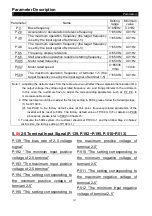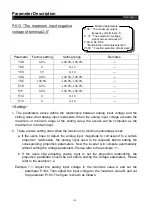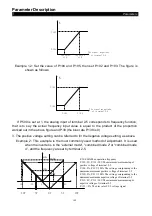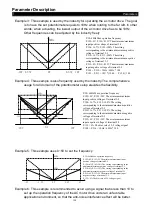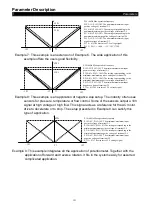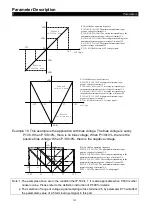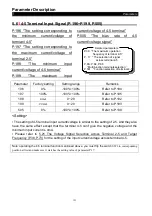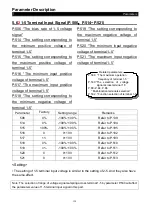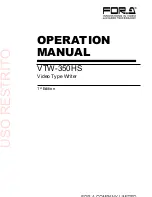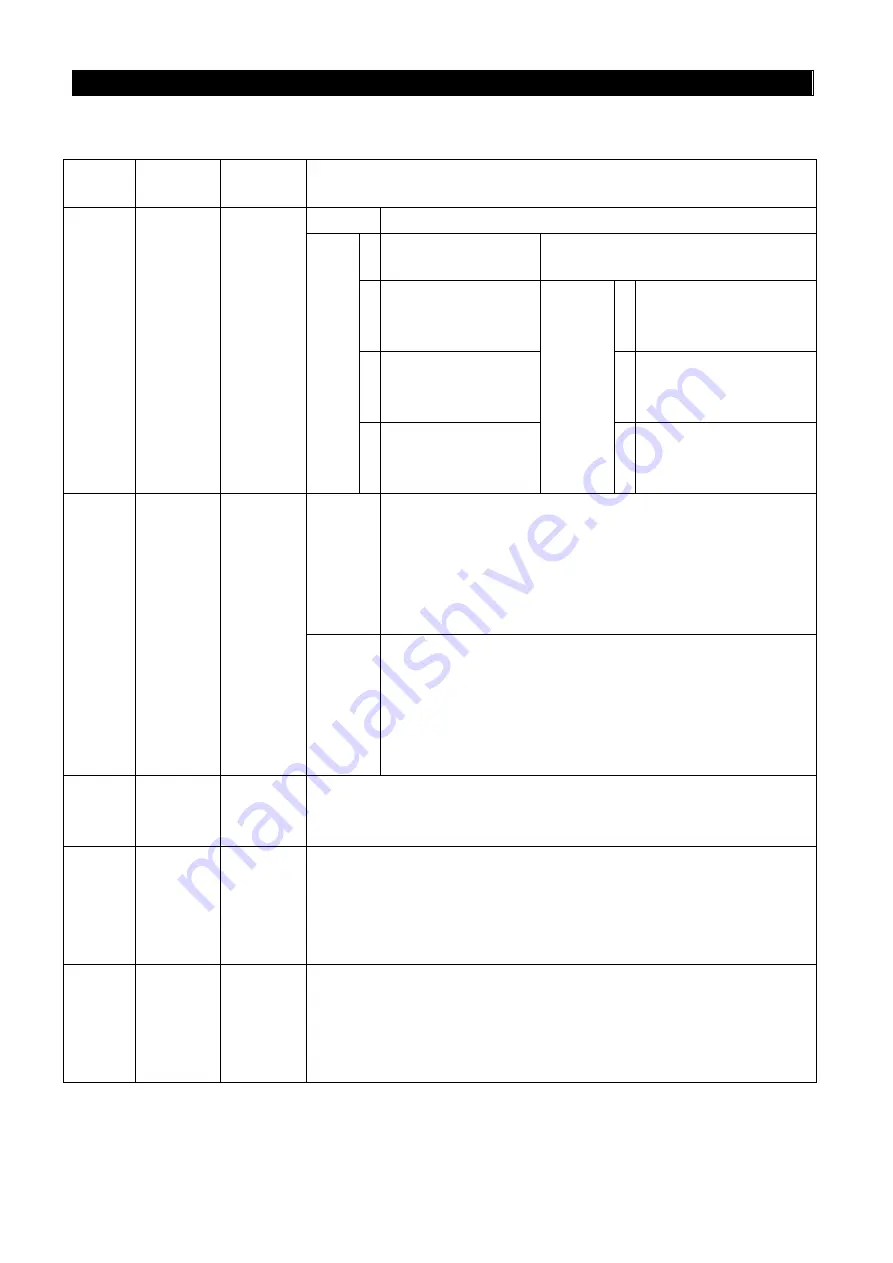
Parameter Description
Parameters
139
Param
eter
Factory
setting
Setting
range
Remarks
170
0
0~3,12,13,
21,23,31,3
2
0
PID function non-selected
Ten
-
digit
0
Parameter P.225
sets target value
1
Take the input of
terminal 2-5 as
target source
Single
–
digit
1
Take the input of
terminal 2-5 as
feedback source
2
Take the input of
terminal 4-5 as
target source
2
Take the input of
terminal 4-5 as
feedback source
3
Take the input of
terminal 1-5 as
target source
3
Take the input of
terminal 1-5 as
feedback source
171
0
0, 1
0
Negative feedback control
Target value minus feedback value is the deviation.
When the deviation value is positive, the output
frequency should be increased. When the deviation
value is negative, the output frequency should be
decreased.
1
Positive feedback control
Target value minus feedback value is the deviation.
When the deviation value is negative, the output
frequency should be increased. When the deviation
value is positive, the output frequency should be
decreased.
172
20
1~100
This gain determines the proportion controller’s impact on
feedback deviation. The greater the gain, the faster the
impact. Yet a gain that is too big will cause vibration.
173
1s
0~100s
This parameter is use to set integral controller’s integral time.
When the integral gain is too big, the integral effect will be too
weak to eliminate steady deviation. When the integral gain is
too small, the system vibration frequency will increase, and
therefore the system may be unstable.
174
0 ms
0~1000
ms
This gain determines deviation controller’s impact on the
amount of change of the deviation. Appropriate deviation time
can reduce the overshooting between the proportion controller
and the integral controller. Yet when the deviation time is too
large, system vibration may be induced.























